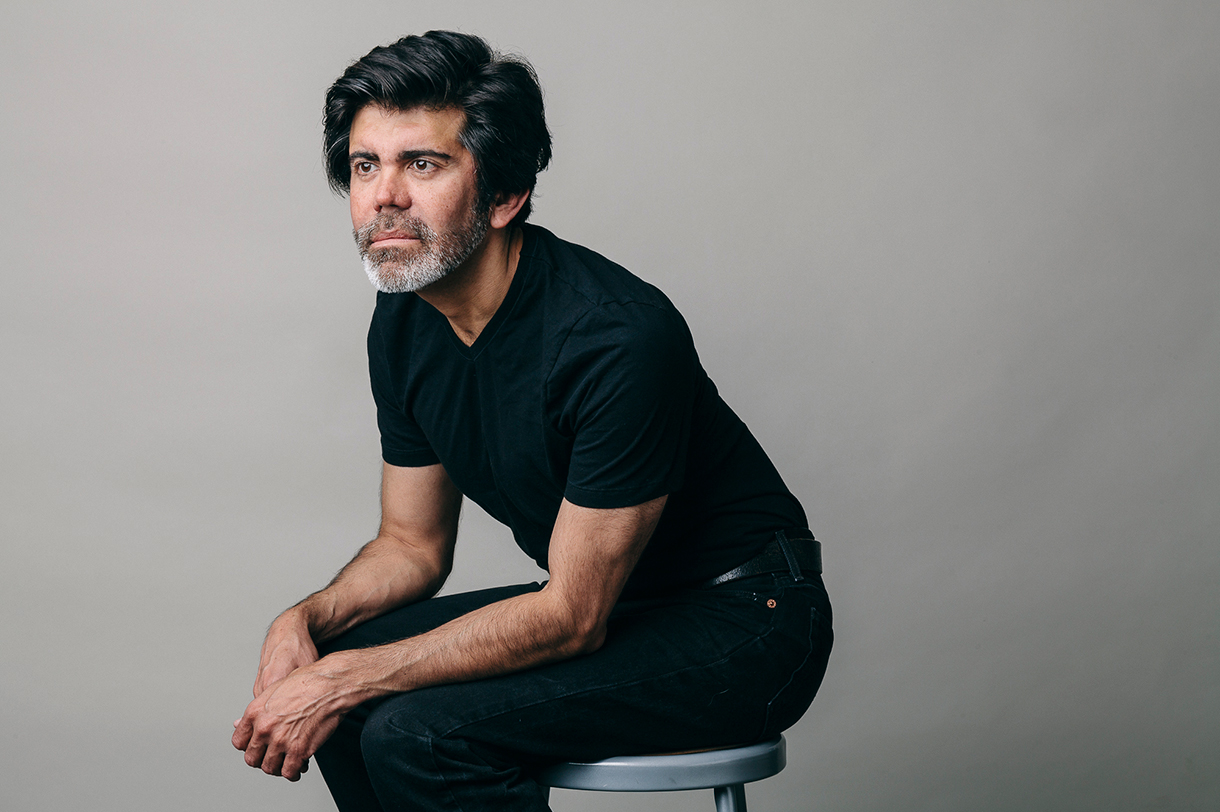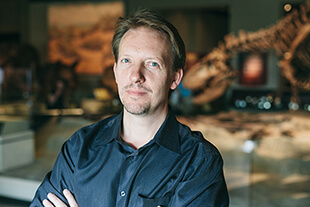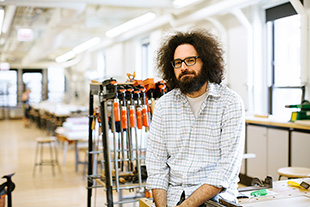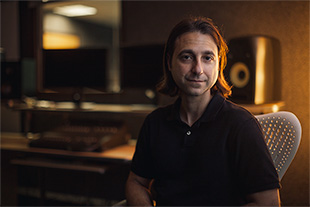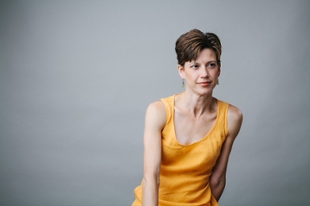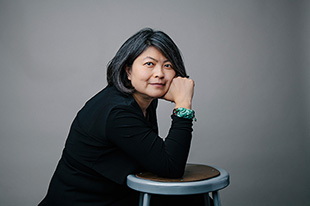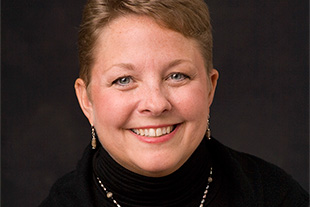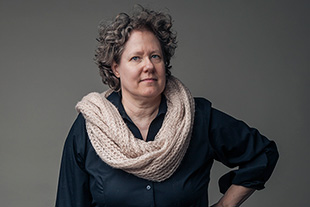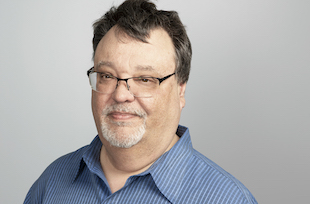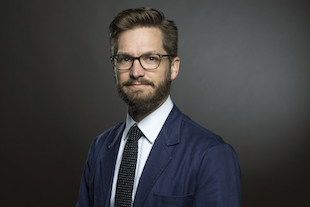Elio Leturia
Communication, Culture, and Society
Elio Leturia blends language, design, and stories as both a bilingual journalist and a visual journalist.
Associate Professor Elio Leturia inhabits overlapping worlds. As a bilingual journalist, he constantly shifts between English and his native Spanish. As a visual journalist, he moves between written content and design elements to pair stories with the perfect images, layout, and typography.
“Photography, illustrating, writing, editing, designing. I can go back and forth, in two different languages, in two different areas,” he says. “That’s probably not very common.”
In the past
Leturia grew up in Peru, where a military dictatorship crushed his original dreams of journalism. After graduating from Universidad de Lima, he began working in advertising. But the year prior, in 1980, democracy had come back to Peru—and with it, freedom of the press. He returned to journalism, where he’s worked ever since.
In 1989, Leturia won a Fulbright Fellowship to attend University of Illinois at Urbana-Champaign for a master’s degree in visual journalism. That year, only 14 Fulbright Fellowships were offered in Peru; one of them encompassed 10 different humanities fields, including Leturia’s area of study. He considers the fellowship one of his proudest accomplishments. Today, he serves as director of communications for the Fulbright Association in Chicago.
“That’s why I consider it my duty to serve the Fulbright community,” he says. “I got the opportunity and I need to give back.”
On the page
Visual journalism can be tricky to define. At its simplest explanation, it’s journalism presented through visual information: timelines, photographs, illustrations, graphics, videos, and even the way content is organized on a page. Visual journalists strike the perfect balance between what something says and how it looks.
“It’s like when you get an apartment and you say, ‘Okay, I’m going to need furniture to sit down,’’’ Leturia says. “Where am I going to place it? What colors am I going to use? How big is it going to be according to the space I have?”
The same applies to writing and design. “What is the subject matter?” asks Leturia. “Why am I using this color? Is this a happy story, or something somber? I’m going to use colors and other visual elements to reflect that content.”
In the classroom
At Columbia, Leturia’s classes combine different kinds of media to tell all sorts of stories. In Digital Storytelling, he helps students build narratives through video, audio, and photography.
He also puts a strong focus on portfolio building. In a recent Reporting in Spanish course, he encouraged students to pitch ideas to professional publications. At the end of the semester, his 11 students published 21 stories with outside professional publications like Hoy, a Spanish-language newspaper run by Tribune Media, as well as Telemundo, Univision, and more.
“At the end of my courses, students have actual pieces to show,” says Leturia. “That’s really important to me.”
